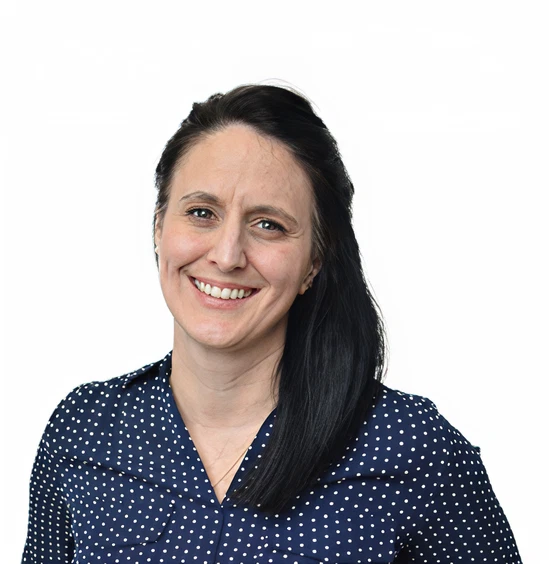SkIN Canada News
Canadian Skin Research Conference June 25-27, 2024 in Ottawa
A joint meeting of the Skin Investigators Network of Canada (SkIN Canada), Skin Research Group of Canada (SRGC), Canadian Dermatology Foundation (CDF), Canadian Skin Patient Alliance (CSPA), and Canadian Society for Investigative Dermatology (CSID), will be held in conjunction with the 99th Canadian Dermatology Association (CDA) Annual Conference.
We are now accepting late registration for the Canadian Skin Research Conference 2024

SkIN Canada-SRGC-CSID-CDF Subspecialty Session at Canadian Skin Research Conference


Featured Profiles - Team Development Award Recipients 2024
Can SkIN Canada help?
Request support for your study
SkIN Canada has launched a formal study intake process for investigators requesting support from the Network. Please visit our RESOURCES page for more information on how we can help with funding, patient engagement, database creation, project administration, ethics application, or statistical support.
From the Training Committee Hub
Skin Canada Travel and Mobility Awards – Application Deadline October 15, 2024
1. Travel Award: The deadline for the next SkIN Canada Trainee Travel Award is Tuesday October 15 (2024) before 11:59 PM ET. SkIN Canada provides partial funding for trainees to attend conferences as part of their training experience. A limited number of awards are available each year on a competitive basis. There are two competition periods per year, one in May and one in October. Applicants who have previously received funding through this program in a fiscal year are not eligible to receive funding until the following fiscal year. The value of the SkIN Canada Travel Award is a maximum of $1,000 CAD.
2. Mobility Award: The deadline for the next SkIN Canada Trainee Mobility Award is Tuesday October 15 (2024) before 11:59 PM ET. The SkIN Canada Trainee Mobility Award provides funding for trainees in the field of skin research to study and conduct research for a brief period in a laboratory other than their own within Canada or abroad as part of their training experience. A limited number of awards are available each year on a competitive basis. There will be two competition periods per year, one in May and one in October. Applicants are eligible for the award only once during a particular training period or level of study (e.g. MSc, PhD, Clinical residency, or Postdoctoral training).
The value of the Skin Canada Trainee Mobility Award is up to $4,000 which can be used for the trainee’s research in a laboratory other than their own, within Canada or abroad for a period ranging from 2 weeks to 6 months.
Skin Canada Training Committee Opening
The Training Committee represents skin research trainees from across Canada. The Committee considers representations from across Canada to be valuable. The committee currently has an opening for a PhD student or a post-doctoral fellow from any of the Western Provinces. If interested in joining this dynamic committee, please send your expression of interest and CV to info@skincanada.org.
Workshops of Interest to Skin Research Trainees
The Annual SkIN Canada Workshops will be held at the upcoming Canadian Skin Research Conference at Novotel in Ottawa (June 25-27, 2024). The workshop topics will include ‘From Graduate School to the Job Market’ held on Tuesday June 25th from 5:00 PM to 6:00 PM ET and ‘Skin of Colour Research’ which will be held on Wednesday June 26th from 11:30 AM to 1:00 PM ET. All trainees are encouraged to participate. There is no registration fee.
News from other Organizations
Seeking Novel Therapies for the Treatment of Skin Disorders
The newly established “External Innovation” Team at LEO Pharma, a Denmark-based global leader in medical dermatology, is actively scouting and sourcing new partnering or inlicensing opportunities within medical dermatology. Specifically, the team is interested in novel opportunities that modulate immuno-inflammatory targets/pathways with rationale for rare or common skin disorders, including but not limited to the treatment of eczema, epidermolysis bullosa, bullous pemphigoid, rosacea, hidradenitis suppurativa, alopecia areata, vitiligo and melasma.

Eczema Society of Canada Research Grant Program
The Eczema Society of Canada (ESC) is dedicated to improving the lives of Canadians living with eczema by providing support, education, and raising awareness. ESC’s Research Grant Program provides an opportunity for Canadian researchers to apply for funding for research and/or eczema education projects. Grant amounts range up to $25,000 per grant.
ESC is pleased to invite Canadian researchers to apply today for this funding opportunity. Please help them spread the word! Applications may include research and/or educational projects that will work toward improving the lives of eczema sufferers here in Canada.
The Application Deadline is September 1, 2024.

Recent Publications on Skin Research
Inflammatory Skin Conditions
Wound Healing, Fibrosis and Regeneration
Skin Cancer
Skin of Colour
Other
Contact Us | Visite skincanada.org







